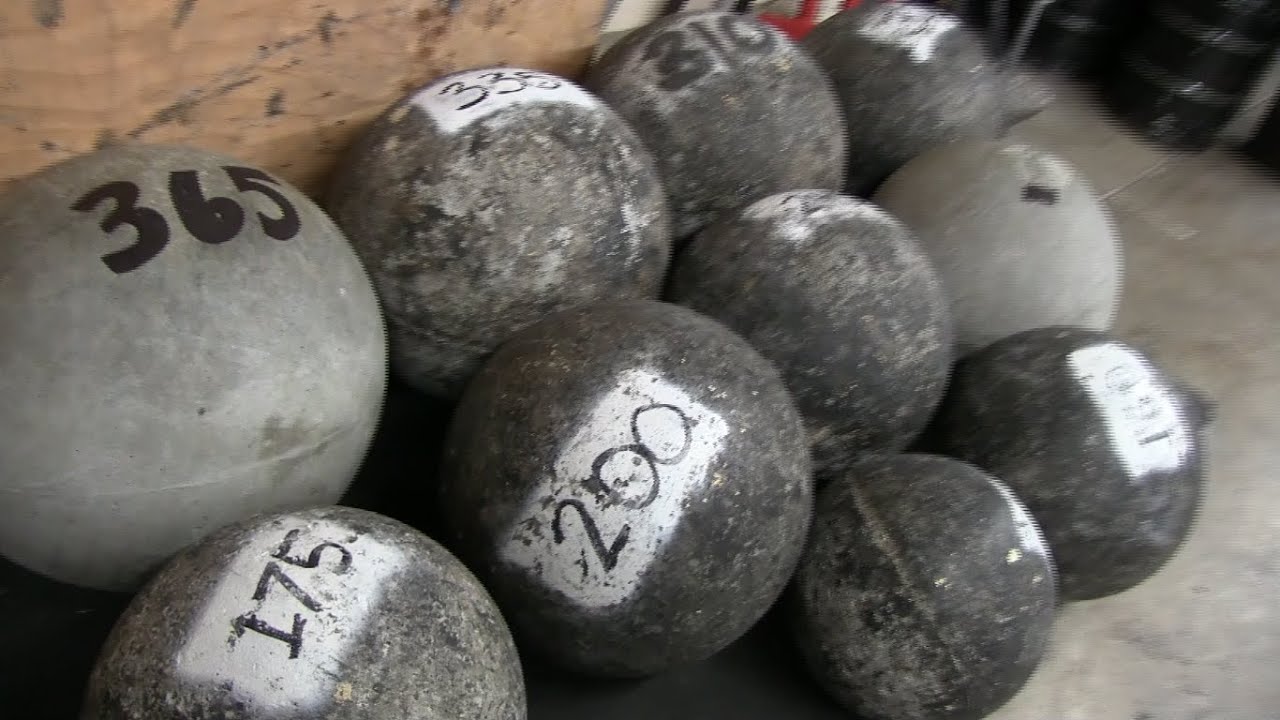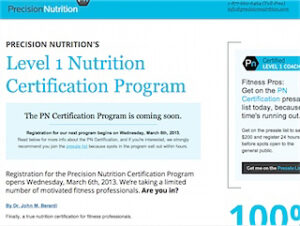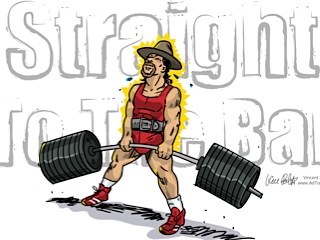The wall squat is a bodyweight exercise that I’d laregely overlooked until I noticed Marc Bartley recommending it to someone trying to improve his wide stance squat depth. If you’re in the same boat, here’s a look at this deceptively simple bodyweight movement.
Performing the Wall Squat (aka ‘Ski Squat’) Squat
This is the straightforward part. If you’re just getting into training, don’t currently have any equipment at your disposal, or simply fancy something a bit different – try this.
Stand with your back against a wall – preferably a smooth surface (a mirror is ideal). Put your feet slightly out from the wall (about 30cm/1′ is a good starting point – this will change according to your build and goals), and cross your arms across your chest.
Keep your knees slightly bent and your feet a little wider than shoulder-width apart. If you’re used to squatting with a bar, adopt the same width and ducking (feet turned slightly outwards). If not, just use a stance that feels comfortable.
Now the fun part. Keeping abs tight, slowly slide down the wall until you can feel it in your quads, then squeeze your glutes and slowly push back up. Look straight ahead as you slide, and keep your chin slightly tucked. Repeat.
Breathing
Don’t try to hold your breath or do anything fancy here. Just exhale on the way down and inhale on the way back up.
Variations
 The depth to which you slide, as well as how long you stay down there, the number of reps, rest breaks and stance are all variables that can be adjusted to suit your goals.
The depth to which you slide, as well as how long you stay down there, the number of reps, rest breaks and stance are all variables that can be adjusted to suit your goals.
If your balance isn’t all that great, try putting your palms against the wall (with arms straight down) as you slide. Once you feel comfortable with that, switch over to having arms folded across the chest.
Another possibility is to start adding weight. This is easily done by holding a plate across your chest or holding dumbbells by your sides.
A popular variation is to place a fitness ball behind your back. Whilst this helps stop your shirt from ending up tucked under your armpits, it increases the need to keep your abs and obliques tight; if you move in any direction other than vertical you’ll know it in a hurry (usually as you chase the ball across the room).
How many?
The answer to that really depends on your goals. Somewhere around the 3-5 rep mark for 5-6 sets should be a good starting point. You should notice that you can squat a bit deeper over this time.
Considerations
Keep your heels on the ground throughout the movement. Squat depth will gradually improve with practice.
This excercise works quads, hamstrings, glutes and abs. Using a narrower stance shifts the emphasis slightly toward the quads; squatting deeper increases glute involvement.
Sources
Squat Alternatives
Dolfzine
EliteFTS Q & A
Marc Bartley
About.com
Personal Training on the Net












0 Comments